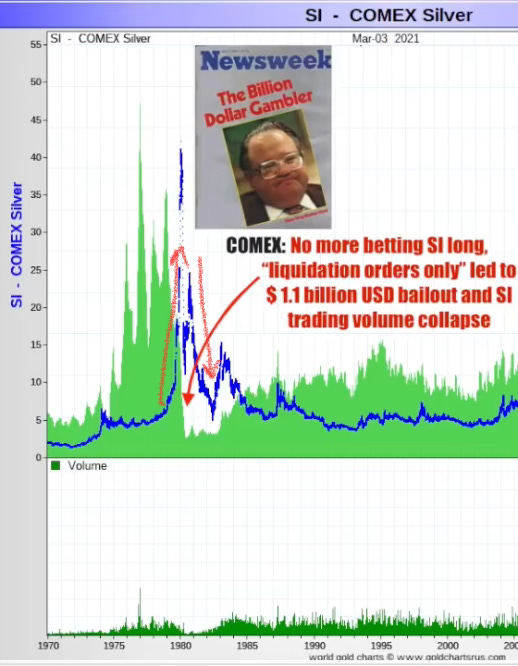The Bitcoin Bubble: A Hunt for the Ultimate Collapse
In the long history of financial excess, bubbles follow a familiar and devastating pattern: euphoria, overconfidence, leverage, and inevitable collapse. Today, Bitcoin stands as the epitome of speculative frenzy, mirroring—and potentially surpassing—history’s most infamous financial manias.
1. Euphoria: Bitcoin’s rise from an obscure digital experiment to a $3.5 trillion market phenomenon has captured the imaginations of millions. The allure of “digital gold” and the promise of untethered growth have drawn retail speculators and institutional titans alike.
2. Overconfidence: Faith in Bitcoin’s untouchable status has reached near-religious fervor. Proponents tout its finite supply and blockchain innovation as unassailable defenses, ignoring the glaring absence of intrinsic value.
3. Leverage: The speculative fervor has been supercharged by borrowed money. From individual traders using margin accounts to firms like MicroStrategy leveraging billions in debt, the bubble has grown precariously large.
4. The Collapse Catalyst: Bubbles don’t pop gently—they implode. Whether triggered by a regulatory clampdown, rising interest rates, or a sudden price shock, the outcome is predictable: panic, forced liquidations, and financial chaos.
Unlike traditional assets like gold, Bitcoin offers no industrial or ornamental utility, making its value entirely reliant on speculative sentiment. When that sentiment shifts, the fallout could rival or even exceed the speed and severity of any prior bubble burst.
The parallels to the Hunt brothers’ infamous attempt to corner the silver market in the late 1970s are striking. That audacious gamble relied on hubris, over-leverage, and a belief in market invincibility—ending in spectacular ruin. But while the silver bubble left lasting scars, Bitcoin’s size and global reach make its bubble exponentially more dangerous.
The Hunt Brothers Redux: A Warning from History
The Hunt brothers’ silver saga unfolded with meteoric ambition. Believing silver prices would continue to rise indefinitely, they used borrowed funds to amass vast holdings, driving prices from $6 to nearly $50 per ounce in less than a year (580%). The market seemed invincible—until it wasn’t.
When regulators stepped in, increasing margin requirements on silver futures, the Hunts found themselves unable to meet their obligations. Prices plummeted 80% in two months, wiping out their fortunes and dragging countless speculators, creditors, and financial institutions into the abyss.
Today, Bitcoin’s market, heavily influenced by MicroStrategy and other leveraged players, feels eerily similar. The fragility lies not just in the price of Bitcoin but in the cascading effects of leverage, liquidity crunches, and overconfidence.
The Rise of Bitcoin Bubble
Michael Saylor of MicroStrategy, a software company that decided to buy Bitcoin in 2020, amassing $5.4 billion worth of Bitcoin at an average purchase price of $56,000 per coin. This aggressive bet has been funded by an extraordinary $4.2 billion in debt—mirroring the leverage-fueled playbook of the Hunt brothers. Borrow money and drive of a price of a speculative asset in hopes to profit off of.
MicroStrategy: A House of Cards Built on Bitcoin
The financial health of MicroStrategy underscores the dangers of its speculative transformation:
• Skyrocketing Debt: With a debt-to-equity ratio exceeding 100%, MicroStrategy’s liabilities surpass its equity, leaving the company teetering on the edge of financial stability.
• Bleeding Profits: The company reported a net loss of $495 million in the last fiscal year, an alarming figure for what was once a software firm.
• Shrinking Revenue: Revenue fell year-over-year, from $129 million to $116 million, suggesting a declining core business that can no longer offset its speculative risks.
• Liquidity Crisis: With just $46 million in cash against $4.2 billion in debt, MicroStrategy’s liquidity position is dire. A drop in Bitcoin’s price could force the company to sell assets at a loss, triggering a financial chain reaction.
Keep reading with a 7-day free trial
Subscribe to The Coastal Journal to keep reading this post and get 7 days of free access to the full post archives.







